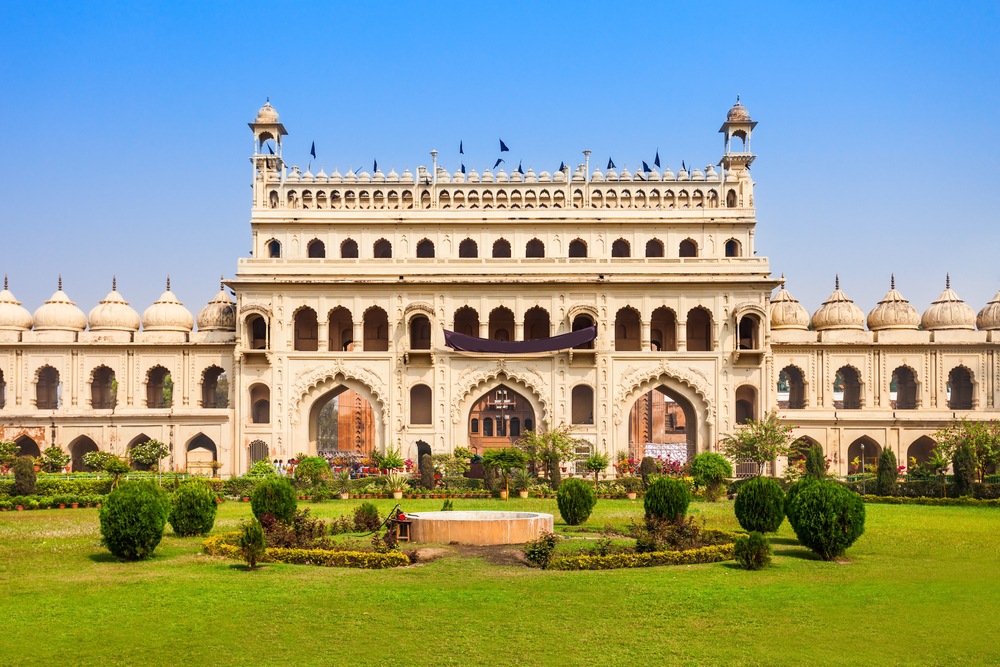
Ultimate Rio de Janeiro Travel Guide: Explore the Marvels of Brazil’s Iconic City
Introduction:
Rio de Janeiro, usually called Rio, is the energetic capital of Brazil, renowned for its breathtaking beaches, well-known monuments, and exciting carnival events. Rio has a wide variety of activities, from the magnificent Christ the Redeemer statue to the magnificent vistas from Sugarloaf Mountain. Rio de Janeiro offers an amazing experience whether you want to explore its natural beauty, take in its vibrant nightlife, or become fully immersed in its rich culture.
How to Reach Rio de Janeiro:
By Air:
- Galeão International Airport (GIG): Located about 20 km from the city center, it handles both domestic and international flights.
- Santos Dumont Airport (SDU): Closer to downtown, it mainly serves domestic flights.
By Train:
- Urban Trains: The city’s train system connects various neighborhoods and surrounding areas.
By Bus:
- Long-Distance Buses: Reliable services connect Rio with other Brazilian cities and neighboring countries.
Best Time to Visit:
- December to March: Summer season with warm weather and vibrant festivals, including Carnival.
- April to November: Cooler and less humid, ideal for sightseeing and outdoor activities.
- June to September: Winter months with milder temperatures and lower rainfall.
Top Destinations: Rio de Janeiro Travel Guide
Christ the Redeemer: The iconic statue overlooking Rio offers panoramic views of the city and is a symbol of Brazil.
Sugarloaf Mountain: Take a cable car ride to the top for stunning views of Rio’s coastline and the cityscape.
Copacabana Beach: Famous for its golden sands, vibrant atmosphere, and numerous beachside bars and restaurants.
Ipanema Beach: Known for its upscale vibe, lively beach scene, and the iconic song “The Girl from Ipanema.”
Tijuca National Park: A lush urban rainforest offering hiking trails, waterfalls, and diverse wildlife.
Maracanã Stadium: A historic sports stadium known for its significant football matches and events.
Selarón Steps: A colorful mosaic staircase created by artist Jorge Selarón, connecting the neighborhoods of Santa Teresa and Lapa.
Santa Teresa Neighborhood: A bohemian area with narrow streets, art galleries, and charming cafes.
Lapa Arches: An impressive aqueduct and a vibrant nightlife area with bars and samba clubs.
Botanical Garden (Jardim Botânico): A serene oasis featuring diverse plant species and beautiful landscapes.
Where to Stay:
Luxury:
- Belmond Copacabana Palace: A historic hotel with luxurious rooms and a prime beachfront location.
- Hotel Fasano: Offers chic accommodations and stunning views of Ipanema Beach.
Mid-Range:
- Arena Copacabana Hotel: A comfortable hotel with great beach access and modern amenities.
- Emiliano Rio: Stylish rooms and excellent service in the heart of Copacabana.
Budget:
- Books Hostel: A popular budget option with a friendly atmosphere and central location.
- CabanaCopa Hostel: An affordable hostel with a relaxed vibe and close to Copacabana Beach.
Local Cuisine:
Feijoada: A traditional Brazilian stew made with black beans, pork, and beef, often served with rice and collard greens.
Pão de Queijo: Cheese bread balls that are a popular snack or breakfast item.
Caipirinha: Brazil’s national cocktail made with cachaça, lime, and sugar, perfect for enjoying on the beach.
Coxinha: Deep-fried snacks shaped like a drumstick, filled with shredded chicken and often served as a street food treat.
Churrasco: Brazilian barbecue featuring a variety of grilled meats, typically served with sides and salads.
Shopping in Rio de Janeiro:
Shopping Leblon: An upscale shopping center with luxury brands and gourmet dining options.
Rio Sul Shopping Mall: A large mall with a mix of international and local stores, dining options, and entertainment.
Saara Market: A bustling market in the city center offering a variety of goods, from clothing to souvenirs.
Galeria River: A shopping arcade known for its fashion boutiques and trendy stores.
Ipanema Beach Fair: A lively market held along the beach where you can find local crafts, souvenirs, and food.
Travel Tips:
Safety: Be aware of your surroundings and avoid displaying valuable items in crowded areas.
Currency: The local currency is the Brazilian Real (BRL). It’s advisable to carry cash for smaller transactions.
Transportation: Use taxis or rideshare apps for safer travel around the city, especially at night.
Language: Portuguese is the official language. Learning a few basic phrases can be helpful.
Sun Protection: Use sunscreen, wear a hat, and stay hydrated, especially when spending time on the beach.
Local Etiquette: Respect local customs and dress appropriately when visiting religious or cultural sites.
Weather: Be prepared for sudden rain showers, especially during the summer months.

